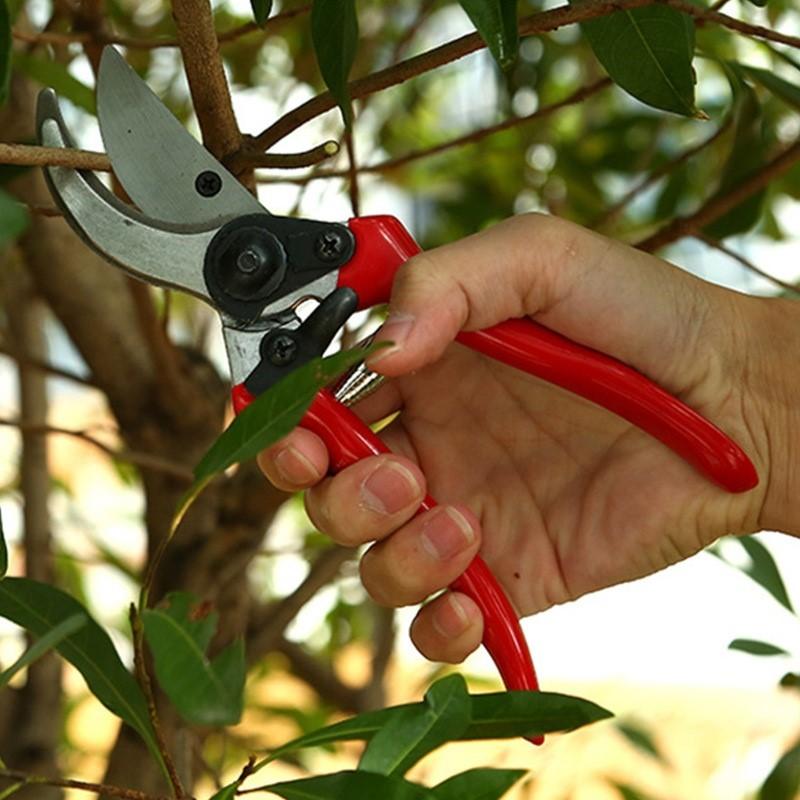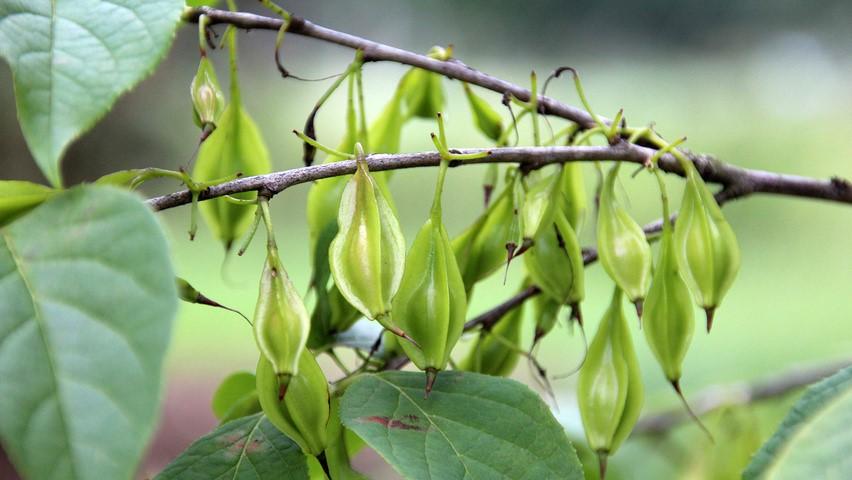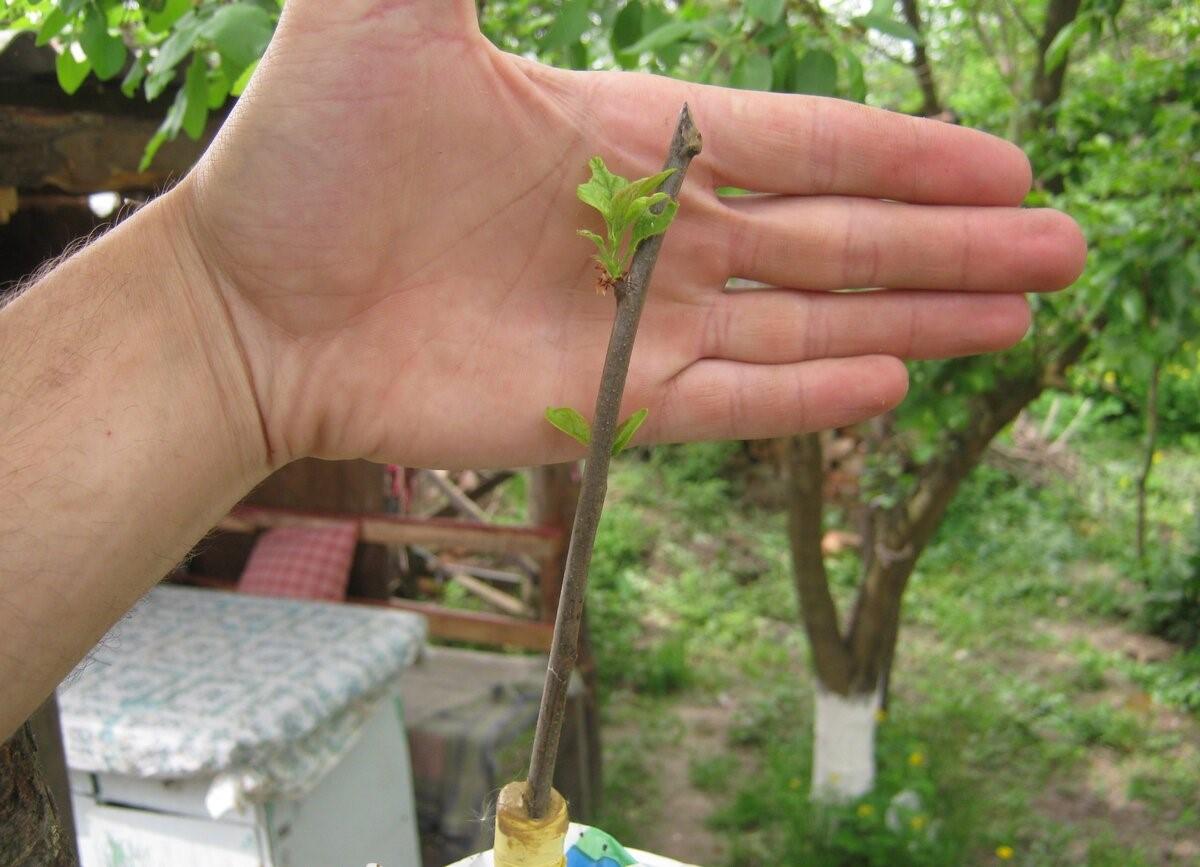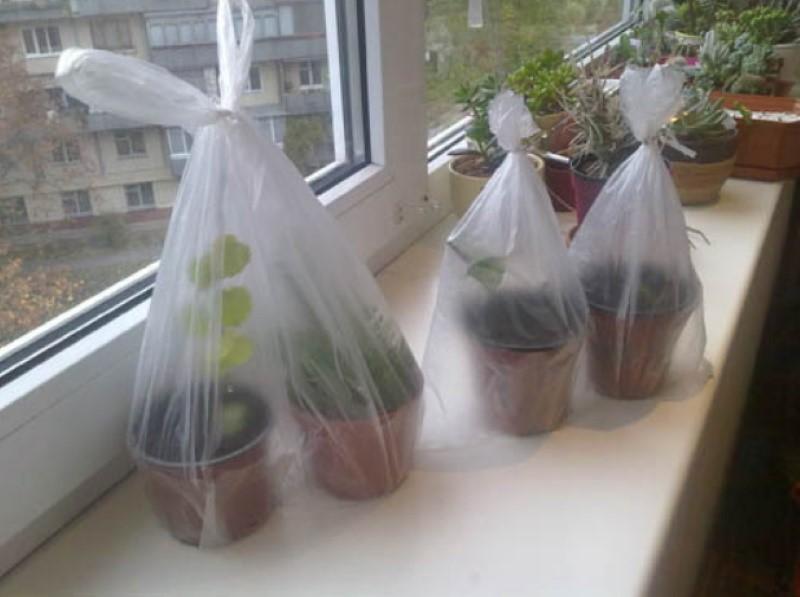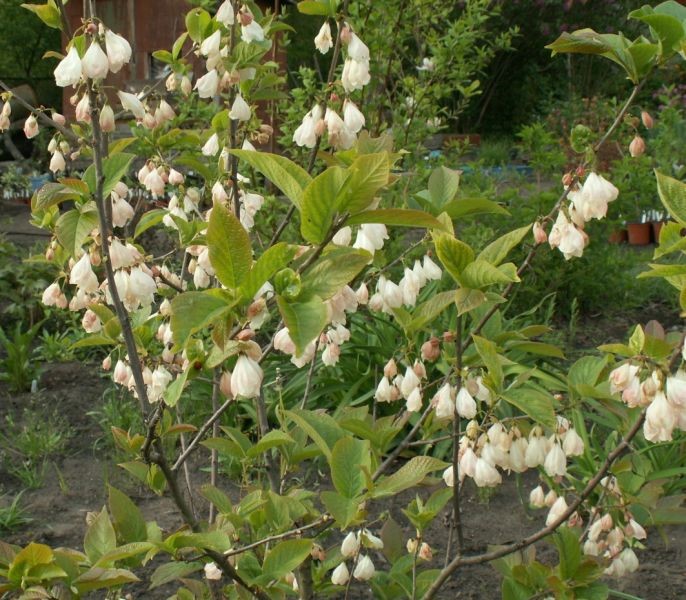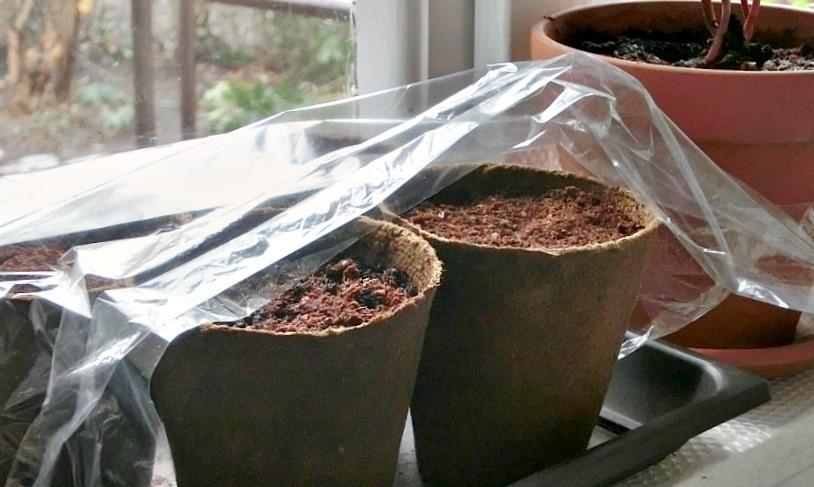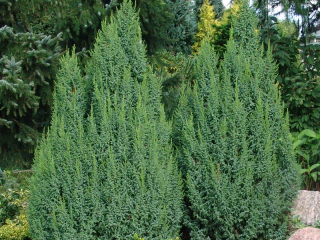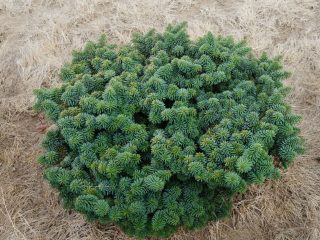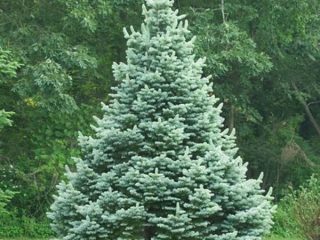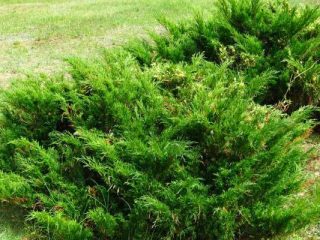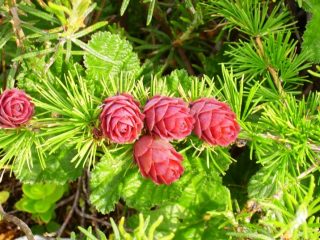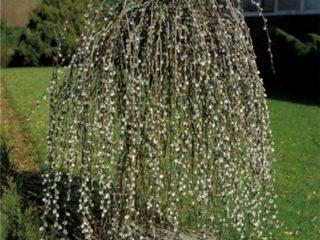Content
The lily of the valley tree is an ornamental plant that has received a wide variety of names. They called it the “snow drop tree” and the “big silver bell.” Cultures were given different labels in different regions. Botanists have an easier time in this matter - scientists classified it as Galesia Carolinica (according to generic and geographical characteristics).
Description of Galesia Caroline
The lily of the valley tree grows in places with warm climates, preferring countries in Europe and the USA. Flowering begins earlier than other trees - in the sixth year of life. By that time, the crown is covered with snow-white flowers, delicate and with a very pleasant aroma. Their structure resembles lilies of the valley – hence the name.

Budding begins in the first half of June and lasts about 15 days.
In autumn, fruits form on the branches. They have a bright green hue that becomes darker with each passing month. Ripe fruits can be distinguished by their red-brown color.They survive the winter favorably, and completely fall off in the spring.
Lily of the valley tree height
Young plants are characterized by rapid growth - every year the crop adds more than 20 cm. As they grow older, development slows down, becoming very slow and even ineffective. An adult grows up to 400 cm. The crown diameter usually reaches 300 cm.
Frost resistance of lily of the valley tree
Unfortunately, gardeners are not always able to catch flowering. If the crop survives a harsh winter by European standards, it will not produce flowers. This makes growing a lily of the valley tree problematic, especially for a resident of the middle zone. The plant does not tolerate negative temperatures well, and when the temperature drops below -5 degrees, it begins to get sick.
Varieties
There are four varieties of lily of the valley tree, but only two are suitable for planting in Russia. One of them is Galesia Carolinica, a shrubby plant that provides the gardener with fragrant flowers (in warm climates). When growing crops in cold climates, the buds often freeze over. The flowers of the lily of the valley tree are large, silver or white.

Sometimes there are specimens burned by the sun - they have a pinkish tint
The second variety of lily of the valley tree is Galesia montana. It is much taller than its close relative and can grow up to 35 m.
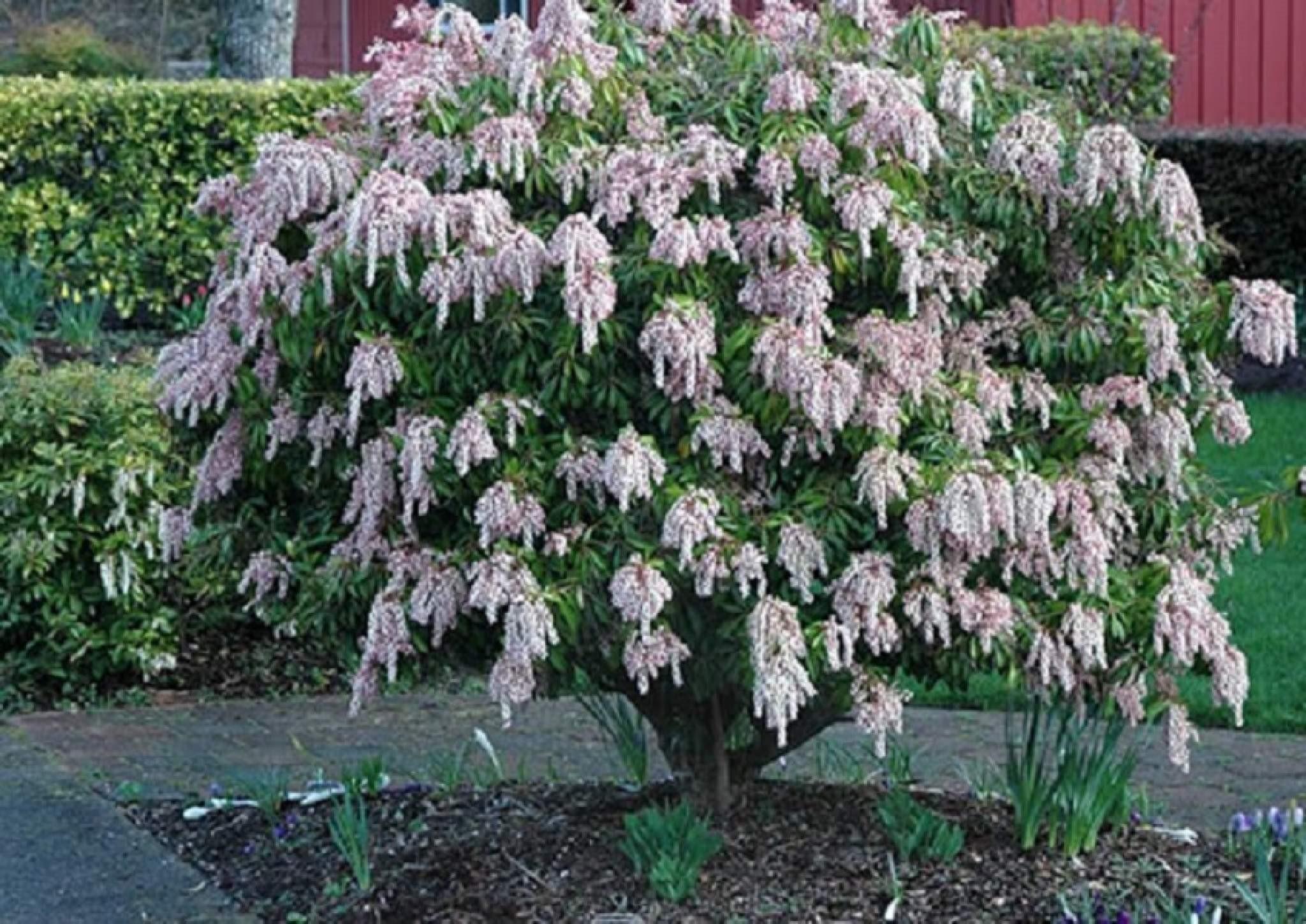
Such dimensions are achievable only in a natural habitat; in a cultivated environment, the plant does not exceed 400 cm
Planting a lily of the valley tree
The crop is grown by cuttings or using seeds. In the Moscow region, such planting of Carolinian galesia is labor-intensive. Therefore, gardeners purchase mature seedlings brought from Europe. The plant must have closed roots.
In the middle zone, work is carried out in April. The tree is not planted in September and October, as the plant freezes very quickly.
Site selection
The seedling needs a special place where the lily of the valley tree can receive maximum solar heat. It does not grow in the shade and does not like strong winds. Neglect of these rules leads to loss of flowering and frequent diseases.
Soil preparation
When choosing between poor and rich soil, they give preference to the latter. If the site has a loose structure, planting will take place without problems - the drainage capacity in such soils is good. If the area is poor in nutrients, and the substrate itself is heavy, a month before planting the lily of the valley tree you need:
- dig up a place;
- add mineral and organic additives;
- level the ground.
Already during the immediate work, the area must be dug up again. All this will allow the seedling to take root faster.
Landing rules
The pit is prepared taking into account the diameter of the earthen clod. A drainage element is provided at the bottom (pour out in layers - a total of 20 cm), which is broken brick or expanded clay. The “pillow” is covered with sand on top.
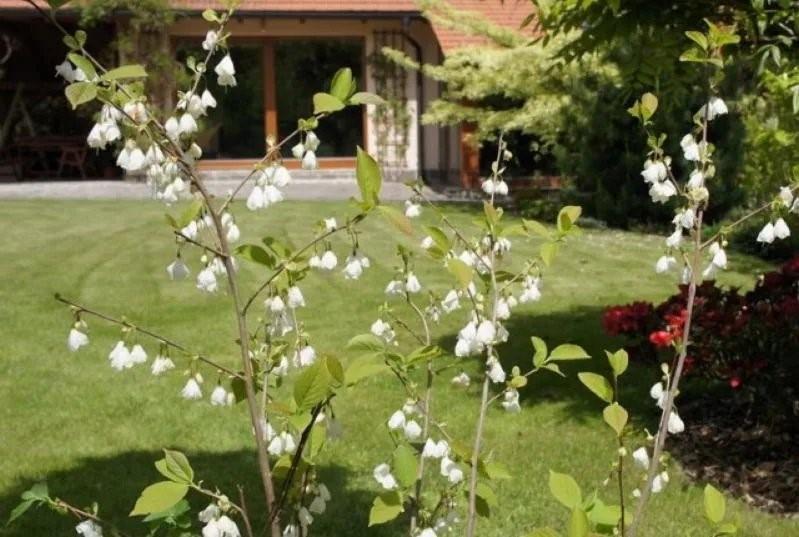
The root collar is buried to the same level
The voids remaining in the pit are covered with soil.Immediately after planting, the plant needs to be watered and then mulched.
Lily of the valley tree care
A lily of the valley tree will look beautiful in one case - if the owner takes care of it. This needs to be done regularly, given that the culture does not particularly take root in cold climates.
Watering and fertilizing
Like other plants, the lily of the valley tree needs moisture. It is watered at least once a week. In rainy summers - less often, in hot summers - more often. After moistening, the tree trunk circle is loosened with a spatula. If there are weeds, remove them when detected.
Galesia Carolina is not picky about fertilizers. Additives are applied twice a year:
- the first - in the spring after pruning, before this the soil should be loosened;
- the second - before flowering, closer to summer.
Complex fertilizers are used.
Trimming
Haircuts are very important - they should be done annually. Formative pruning is not necessary; it is carried out only if the branches develop too quickly.
Trimmed using the following technology:
- When the spring sun appears, frozen, dry, damaged shoots are removed. This will give the lily of the valley tree more strength.
- The fruits last for several months, robbing the tree of its strength. To improve the decorative effect of flowering, they are removed after the ovaries form. In cold areas, the seeds do not ripen at all, so the plant wastes energy.
Preparing for winter
If the pot is in a cold room, with the onset of September it is worth taking care of the shelter. The soil is loosened, watered and trimmed. The trunk needs to be hilled up, and when frost sets in, it needs to be covered with non-woven material. There is no need to rush into this, otherwise the seedlings may dry out.
The lily of the valley tree needs oxygen, so several ventilation holes are left in the shelter. If the crop grows outside, the snow is trampled down near the trunk. There is no need to cover adult specimens, but they must be hilled.
Diseases and pests
The lily of the valley tree will retain its decorative appearance if the owner devotes time to preventive treatments. They are needed to avoid contact with diseases and pests.
Chlorosis poses a great danger to the plant. It takes the crop by surprise when grown in an unsuitable substrate. Affected specimens grow small and almost do not bloom. Chemicals help get rid of the disease.
Insects are rarely a problem for lily of the valley trees. The main enemy is caterpillars. They feed on everything green that they see in front of them. Bushes should be sprayed with soapy water.
Reproduction methods
The most common propagation materials are cuttings and seeds. The lily of the valley tree is bred according to the instructions.
Cuttings
The algorithm of actions for cuttings is as follows:
- Only the top cuttings are suitable for planting; they are usually left for annual cutting. For them to take root, the lower end of the material is placed in a glass with indolylbutyric acid.
- After drying, the cuttings are transferred to fertile soil. The top of the raw material is covered with a bottle or film. The rooted material is grown in a pot for a year so that the root system becomes stronger.
- When transplanting to a permanent place, the lily of the valley tree is irrigated with warm water. It is better to dilute it with a growth stimulator.
Seeds
Growing a lily of the valley tree from seeds is more difficult.When purchasing, you should find out whether they are prepared for planting - the raw materials should remain at rest for 2 years, only then they can be sown.
Instructions:
- For planting, prepare a substrate consisting of sand and peat (1:2). Before work, the area is loosened and watered.
- Only those seeds that have reached maturity are poured out. They are covered with film and left for 90 days, ventilated daily.
After the specified time, the film can be removed. The container with seedlings is moved to the windowsill.
Conclusion
The lily of the valley tree is a unique find that can diversify both your apartment and your garden. In the Russian climate, growing the plant is difficult, but if the owner devotes enough time to caring for it, he will repeatedly find lush flowering.
Reviews about the lily of the valley tree
